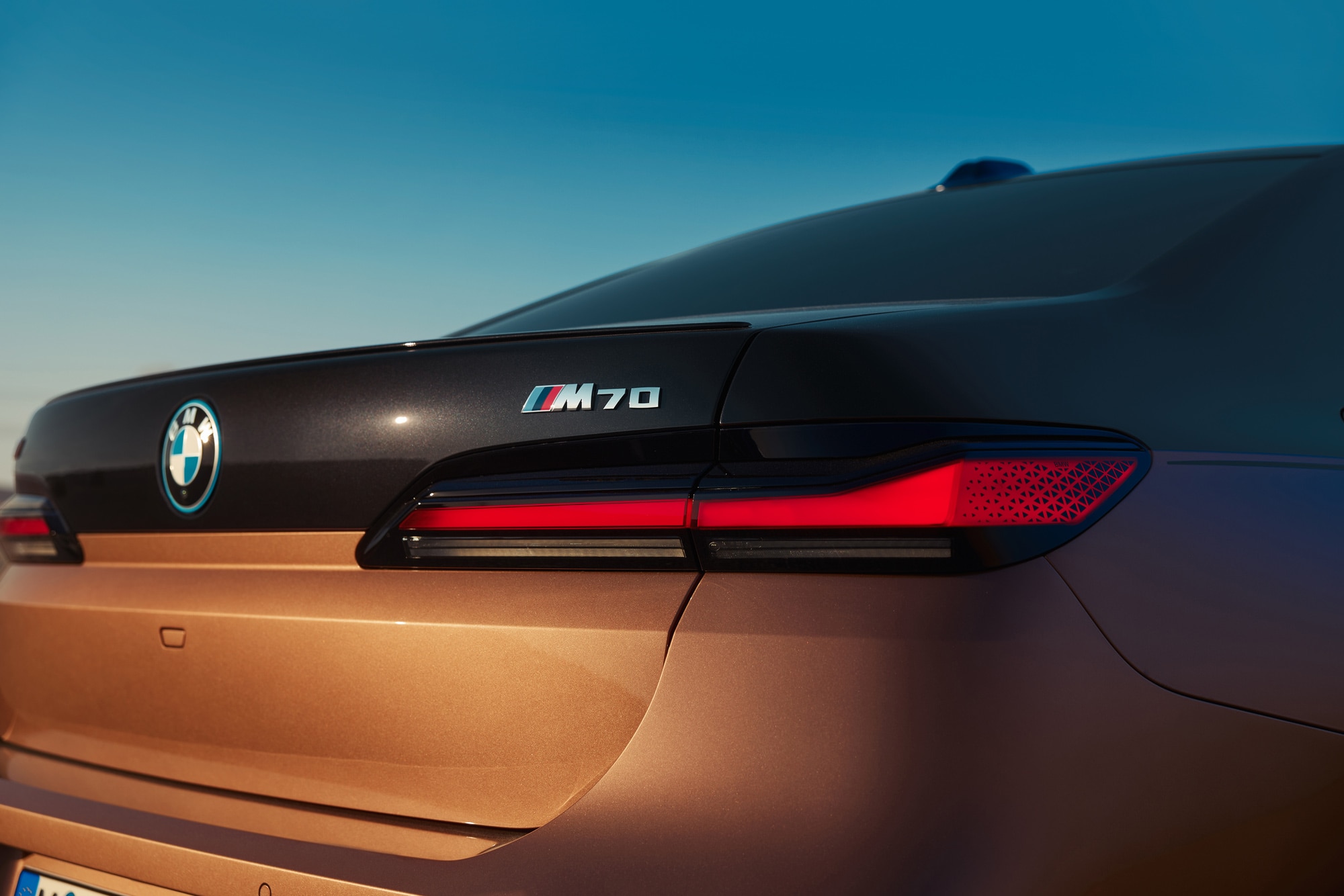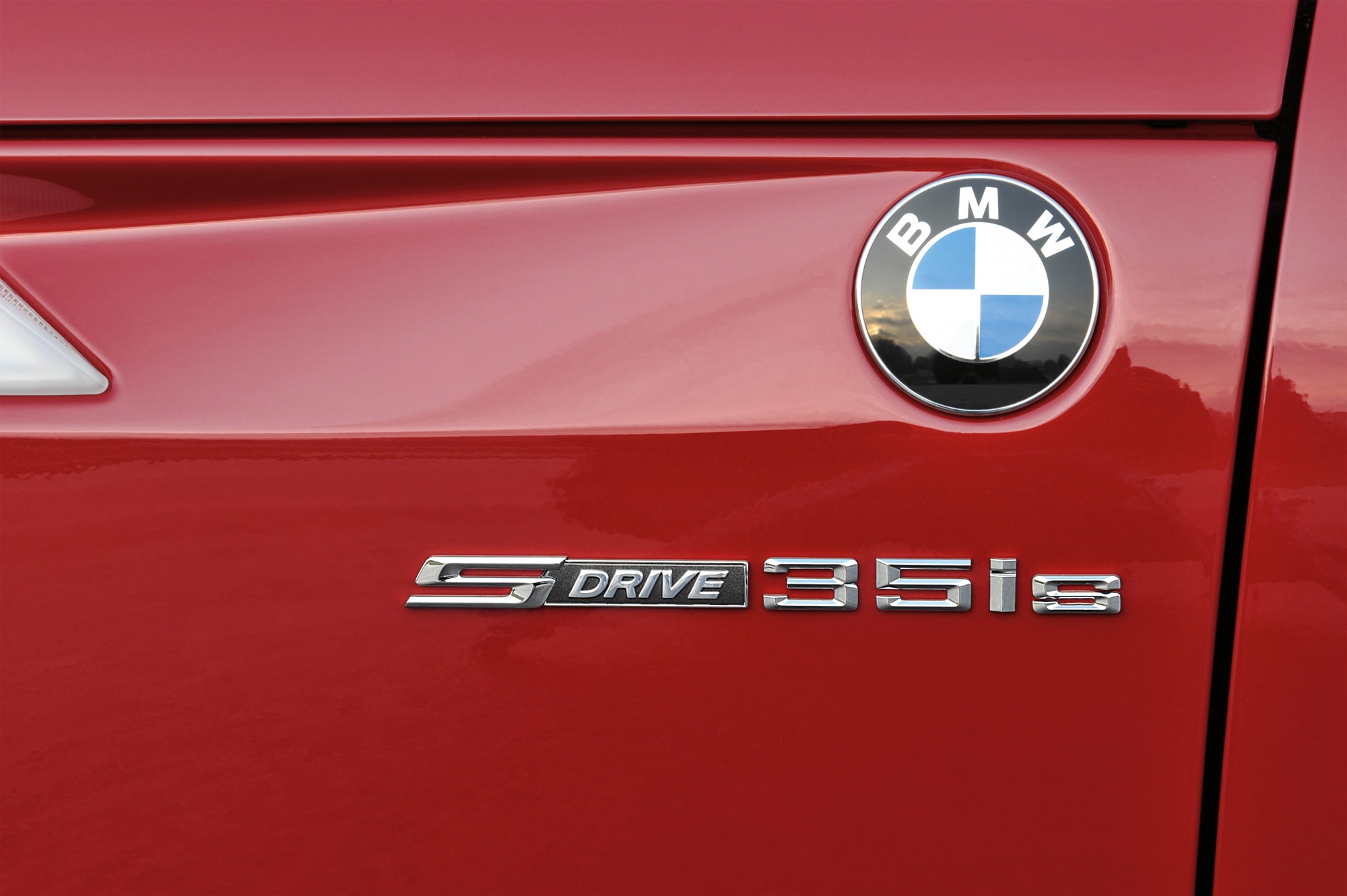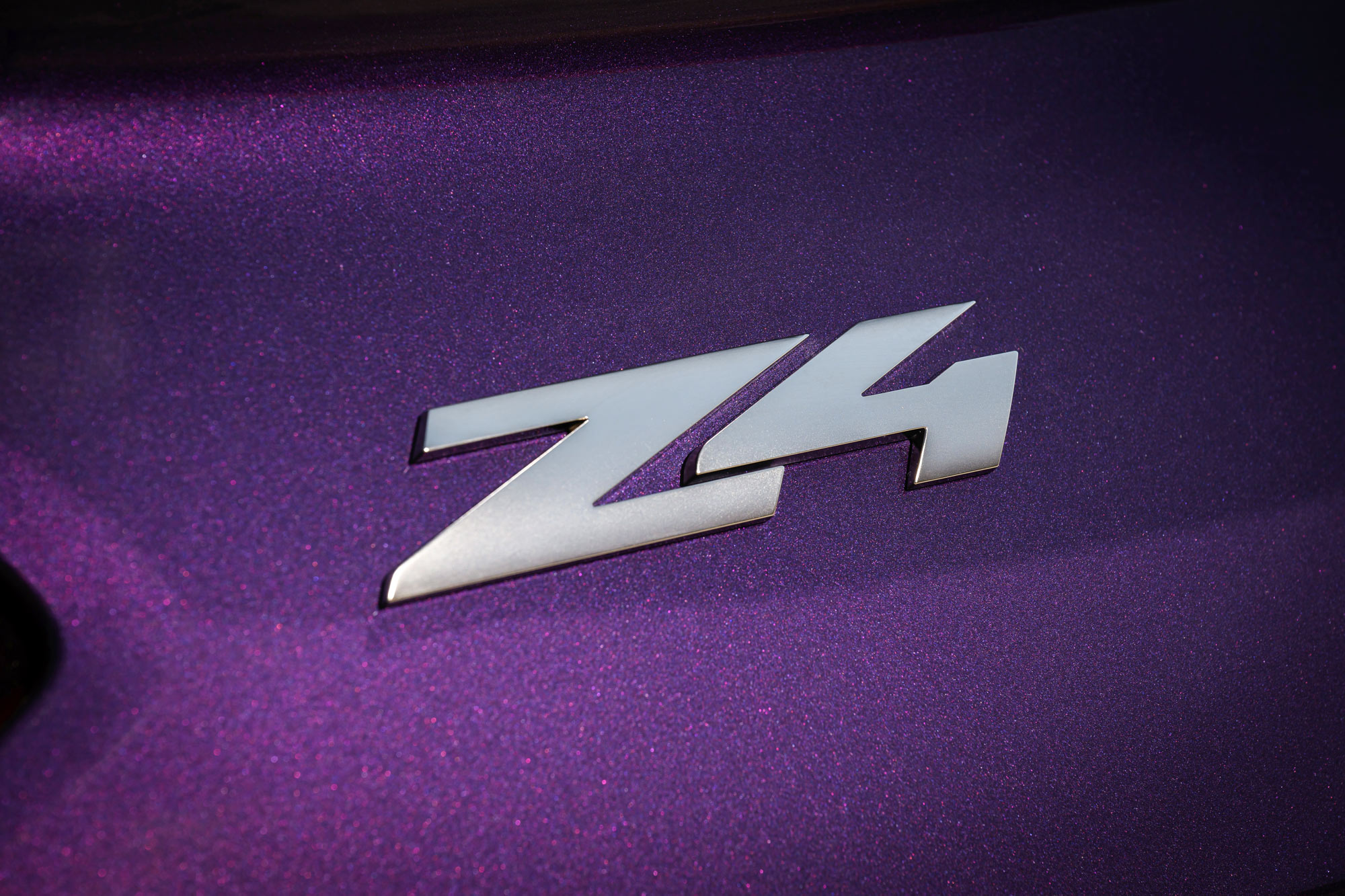Decoding BMW's Badging
How to interpret the numbers and letters on the back of a BMW.
 BMW
BMW
The use of alphanumeric badges isn't exclusively a European practice, but vehicles hailing from across the Atlantic were among the first to introduce the construction to North America. Today, companies such as BMW remain committed to identifying their vehicles with combinations of words, letters, and numbers that can sometimes be confusing to those trying to place a particular model within the brand's universe.
Here's a quick guide to translating the alphabet soup you might find in a BMW brochure — and on trunklids — to help you better situate yourself within the German automaker's range of cars and SUVs.
 BMW
BMW
Start by Understanding the Standalone Badges
sDrive
This badge is seen exclusively on SUVs and crossovers, and it's used to denote models that send their power to the rear wheels. It's generally found on entry-level models.
eDrive
The eDrive badge is appended to electric vehicles that send their power to the rear wheels. The designation is followed by a two-digit number that describes where the power output of the electric drivetrain fits into the BMW range.
xDrive
The xDrive badge also refers to which wheels are powered — in this case, all four — but it's not restricted to sport-utility vehicles. You will find the xDrive badge on almost every BMW equipped with all-wheel drive, ranging from coupes to sedans to crossovers and even some electric vehicles.
Gran Coupe
BMW's marketing applies this badge to four-door sedans and hatchbacks that feature a sweeping roofline that resembles that of a traditional two-door coupe.
B8
BMW works with in-house tuner Alpina to produce special editions of some of its vehicles, with a focus on enhancing luxury, power, and handling. The B8 represents the sporty Alpina version of the 8 Series Gran Coupe.
XB7
The XB7 badge is found on the Alpina-modified edition of the X7 full-size SUV.
XM
The XM is a plug-in hybrid SUV that is propelled by a battery-assisted version of the brand's twin-turbo V8.
 BMW
BMW
Understanding the First Number and Letter on BMW Badges
BMW makes use of a single number or letter at the beginning of many of its badges to denote the type of vehicle. The higher the number or numbers that follow, the larger and more prestigious the vehicle is in the company's lineup.
i
The leading letter "i" (always lowercase) is used to identify electric vehicles. In the past, it sometimes was associated with plug-in hybrids, but it's now an EV-only descriptor. When combined with X (as in the iX), it indicates an EV SUV.
X
Every BMW SUV and crossover is given a badge that begins with X.
Z
Z is among the rarest of BMW badges, and it's currently attached exclusively to roadsters, which are two-door, two-seat convertible sports cars.
Numbers 2, 3, 4, 5, 7, 8
If a BMW badge starts with a number and not a letter, then the leading number is what determines the vehicle's position within its lineup. Vehicles that begin with a number include coupes, sedans, Gran Coupes, and convertibles.
M
M is a modifier that can be applied to nearly any BMW badge to indicate that the model has been tweaked for higher performance. As an initial character on a badge, it's applied to sedans and coupes and is followed by a single number. For SUVs, it follows the X, then the number, such as the X3 M, for example
When M is followed by a sequence of characters on a badge, such as M340i, it implies that performance is a priority, although not the primary focus, as is indicated when the M is followed only by one number, or nothing, as is the case with M SUVs.
 BMW
BMW
Decoding the Last Series of Numbers and Letters on BMW Badges
BMW appends a series of numbers to most of its badges to identify the drivetrain type. Engine output may change from one year or trim level to the next, but the displacement and cylinder count remain the same for each number sequence.
28i
All BMW models with 28i badges are powered by a turbocharged 2.0-liter four-cylinder engine. As of the 2024 model year, this includes vehicles such as the 228i Gran Coupe, the X1 xDrive28i, and the X2 xDrive28i.
30i
The 30i badge refers to the same 2.0-liter turbocharged four-cylinder engine tuned for higher output. This engine is found in models such as the 330i, the X3 sDrive30i and xDrive30i, the X4 xDrive30i, and the BMW 430i.
30e
The 30e badge is linked to one of BMW's plug-in hybrid drivetrains. In this case, it consists of a turbocharged 2.0-liter four-cylinder engine and a single electric motor.
35
This number represents the entry-level power output of an eDrive electric vehicle. The lack of "i" following the number distances it from gas-powered engines.
M35i
It might seem confusing, but BMW models that feature the M35i badge are also equipped with a 2.0-liter turbocharged four-cylinder engine, making it the fourth indicator associated with this particular motor. The presence of the M, however, indicates that it's a high-performance version of the engine, and in general it offers higher output than any other version of the 2.0-liter turbo.
40
For eDrive EVs, 40 means the drivetrain's power is one step above the baseline 35.
40i
The 40i badge is in reference to BMW's turbocharged 3.0-liter inline six-cylinder engine.
M40i
Adding "M" in front of the 40i badge denotes a higher performance version of that same 3.0-liter inline-six motor.
M50
M50 — without an "i" — is used to indicate a high-performance version of an electric vehicle. In the case of the BMW i4, this is the pinnacle of output for that particular electric drivetrain.
M60
The M60 badge indicates that it's a high-performance EV and capable of greater output than the M50. This is the range-topping trim level for the BMW i5 and the BMW iX.
50e
BMW also manufactures a plug-in hybrid electric drivetrain that uses a turbocharged 3.0-liter six-cylinder engine instead of the 30e's 2.0-liter turbocharged four-cylinder, thus swelling the badge to 50e.
60i
The 60i badge is used to indicate the presence of BMW's 4.4-liter turbocharged V8 engine.
M60i
The engine size remains the same at 4.4 liters, as does the use of turbocharging, but the addition of M in front of 60i means it puts out more power than the standard V8.
M70
Seeing the M70 badge indicates you are looking at the most powerful EV drivetrain in that particular model's lineup. As of spring 2024, the M70 badge is found at the top of the BMW i7's range.
Written by humans.
Edited by humans.
 Benjamin Hunting
Benjamin HuntingBenjamin Hunting is a writer and podcast host who contributes to a number of newspapers, automotive magazines, and online publications. More than a decade into his career, he enjoys keeping the shiny side up during track days and always has one too many classic vehicle projects partially disassembled in his garage at any given time. Remember, if it's not leaking, it's probably empty.
Related articles
View more related articles